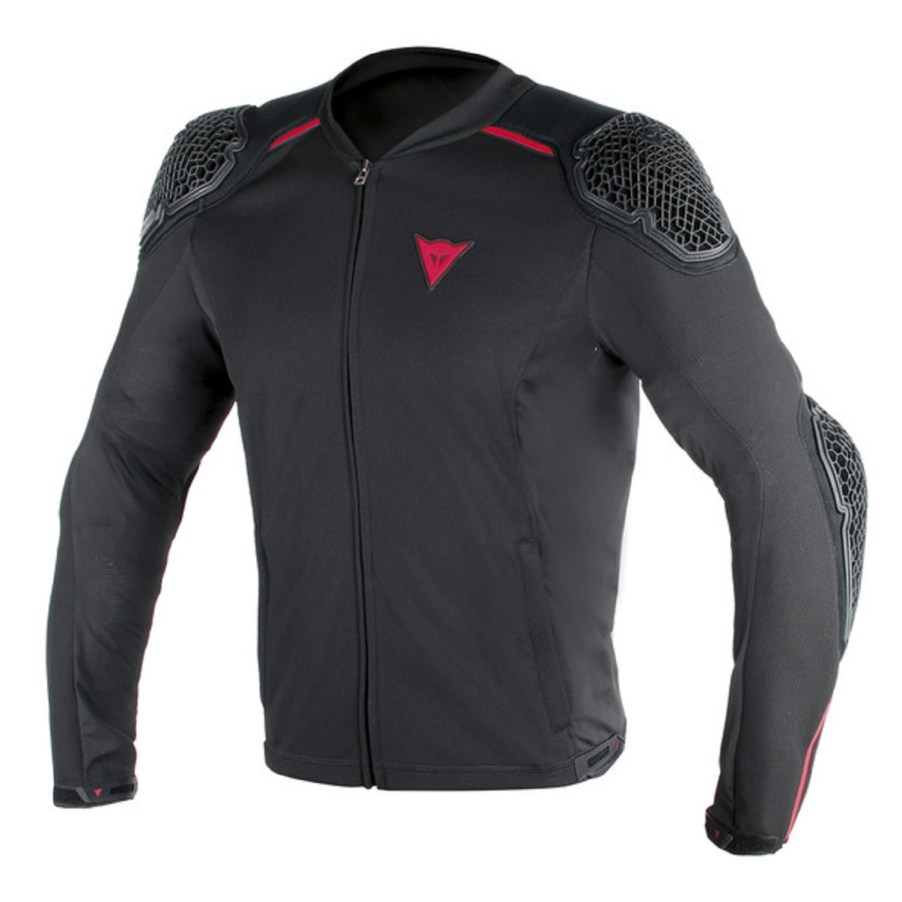
You Need Motorcycle Armor in More Than Just Your Jacket
A good-fitting helmet is the bare minimum when it comes to motorcycle gear, especially safety-related gear. Naturally, not every rider needs every kind of gear. For example, if you only ride in moderate climates, you probably won’t need heated gear. However, wearing motorcycle armor is definitely a necessity. And it needs to be found elsewhere on your body besides underneath your motorcycle jacket.
There’s more than one kind of motorcycle armor
In a motorcycle crash, injuries come mainly from two sources, Motorcyclist reports. There’s the initial impact, causing cuts, bruises, broken bones, etc., and the subsequent abrasion-inducing slide. Abrasion protection is why many motorcyclists wear leather gear. But to protect yourself against that first hit, you need motorcycle armor.
Modern motorcycle armor is rated according to the European Union’s CE regulations, Rider explains. The armor that passes these requirements is marked by a ‘CE’ logo, kind of like the DOT sticker on a helmet. The CE regulations have been updated over the years, and the rated gear is split into two levels: Level 1 and Level 2. Naturally, Level 2 motorcycle armor transmits less force to the wearer than Level 1.

Technically, products made outside of the EU don’t have to follow CE rules if they’re not sold there. But any piece of motorcycle armor that was tested has an official label with the associated CE standard, Rider reports.

Naturally, due to the layout of the human body, a lot of motorcycle armor focuses on protecting the torso and upper body. As such, motorcycle jackets often have built-in armor or have pouches for armor pieces, The Drive reports. Usually, the built-in protection covers the shoulders, elbows, and forearms. However, many lower-price jackets don’t come with built-in back protectors, which shield the spine, Motorcyclist reports. That’s another piece of armor you definitely need.
But, while an armored motorcycle jacket is important, it’s not the only piece of gear that offers armor.
Your motorcycle jacket isn’t the only thing that offers armor
In a motorcycle crash, your upper torso isn’t the only part of your body that can be injured. Your feet, legs, and especially your hands can get battered, too. Luckily, you can get armor to protect those areas.
Some motorcycle gloves come with built-in armor, Cycle World reports. Usually, that means plastic or carbon-fiber protection for your knuckles and your palm. Some gloves extend the armor to the entire hand, Motorcyclist reports, and/or come with protective wrist guards.
Having a sturdy, over-the-ankle motorcycle boot is the “very minimum” of foot protection, Cycle World reports. But you can augment that protection with armor made from plastic or metal, and not just in the ‘steel toe’ form. Many off-road boots also include built-in shin guards.
Finally, there’s the motorcycle armor that fits in your pants. Many jeans and other pants designed for riding have pockets for knee and shin guards, Motorcycle Legal Foundation reports. Or, if you prefer, you can put external guards on, instead. And if you want to go one step further, you can also purchase padded shorts with hip armor.
Is there such a thing as too much protection?
Although motorcycle armor is worth investing in, as with any other safety gear, it’s important to know what kind of riding you’ll be doing, Motorcyclist reports. After all, the boots worn by casual street riders aren’t the same kinds worn by racetrack-goers, and vice versa, Cycle World reports.
It’s a similar story with the armor worn elsewhere on the body, especially underneath a motorcycle jacket, MLF reports. You can get armored vests, full-torso protectors, and even jackets with airbags. Plus, even if your motorcycle jacket doesn’t have a decent back protector, if it’s in a pocket, you can always replace it with a better one, RideApart and Cycle World report. Ditto your elbow, shin, knee, or other joint guards.
However, again, some of this gear is designed around specific riding activities, such as overlanding or track days. That doesn’t mean you can’t ride on the street in a full racing suit complete with armor. But it won’t necessarily be as comfortable or enjoyable doing so. Though if you prefer the security of the extra protection, then, by all means, ride on.
Follow more updates from MotorBiscuit on our Facebook page.


